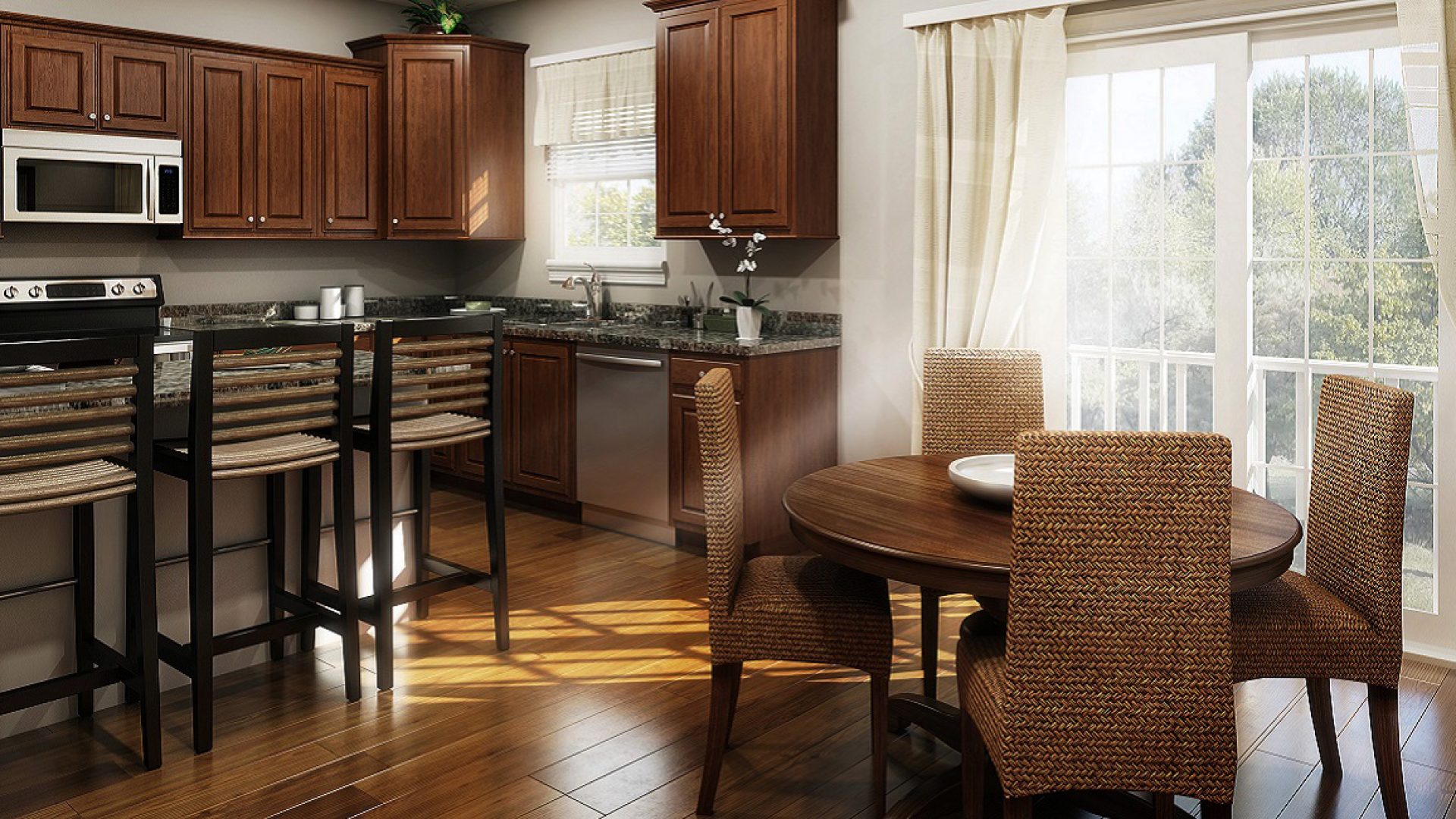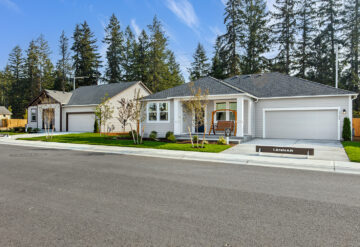Who’ll be on the move to a new home next year, and where will they be moving to? This U.S. News article by Susan Johnston Taylor looks ahead to see what the U.S. housing market will look like next year.
At the close of last year, many real estate experts predicted the U.S. Federal Reserve would raise interest rates in 2015. That prediction never came to be, but even if rates rise later this month or next year, Ralph McLaughlin, a housing economist at Trulia, doesn’t think it will scare away many buyers.
If rates do increase, it could be as little as a quarter percent. McLaughlin doesn’t expect that to have a big impact on the market, but it could temper home price growth, “which is good news for prospective homebuyers,” he says. “Interest rates won’t have much of an effect on the ‘rent versus buy’ math,” he explains. “Buying would still be cheaper than renting in most metros around the country.”
The threat of last year’s rumored rate increase propelled some prospective buyers into action, but Nela Richardson, chief economist for national real estate brokerage Redfin, doesn’t see that same pattern repeating itself. “Buyers now don’t seem to be all that spurred or driven by a rate increase,” she says. “That lack of urgency will translate into next year’s housing market. There’s interest, but there’s not a lot of inventory to buy.”
Here’s a look at other real estate trends to expect heading into the new year.
As the Northeast and West Coast cools, McLaughlin expects the “bargain belt” (metro areas in the South) to boom in the coming year. “In metros like Winston-Salem, [North Carolina], we’ve seen the biggest year-over-year increase in how quickly homes move off the market,” he adds.
Michele Silverman Bedell, owner and CEO of Silversons, a residential real estate agency based in Westchester, New York, also sees buyers migrating south. “A lot of people are thinking about selling in the Northeast,” she says. “A lot of baby boomers, and even young people, are thinking of moving south to be out of the cold.” It doesn’t hurt that housing is more affordable, too.
As some buyers get priced out of city centers, they’re looking at suburban housing – but in a different light than in the past. “People’s preferences have started to change,” says Svenja Gudell, Zillow’s chief economist. “They’re searching for amenity-rich suburbs [and] choosing this type of housing over the cul-de-sac in the suburbs.” These amenities might include easy access to grocery stores, dry cleaners and other conveniences near home.
“Walkability factor is a big trend,” Bedell adds. “A lot of [buyers] choose to live in areas that are close to stores, trains and highways where they can have a lot of their conveniences.” She says young families often want suburbs that still offer an urban feel.
Richardson predicts that some Gen Xers, especially those with growing families who haven’t bought real estate in the past, will finally enter the market next year. “They’ve had some steady income, and they haven’t been too affected by the earlier downturn in the labor market,” she says. “They may have missed out on buying at the bottom, but they could be ready to buy next year.”




